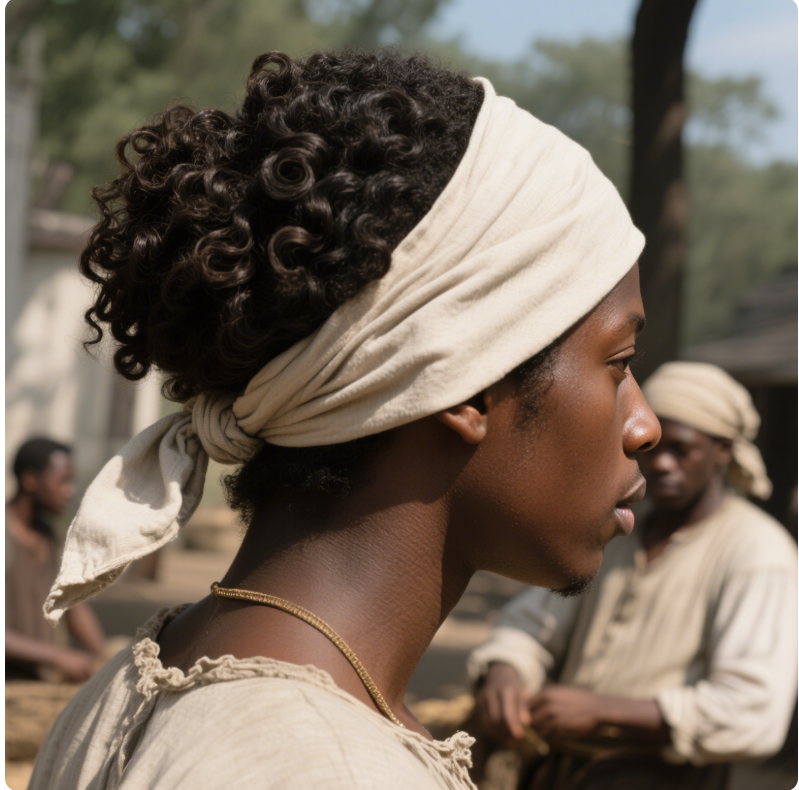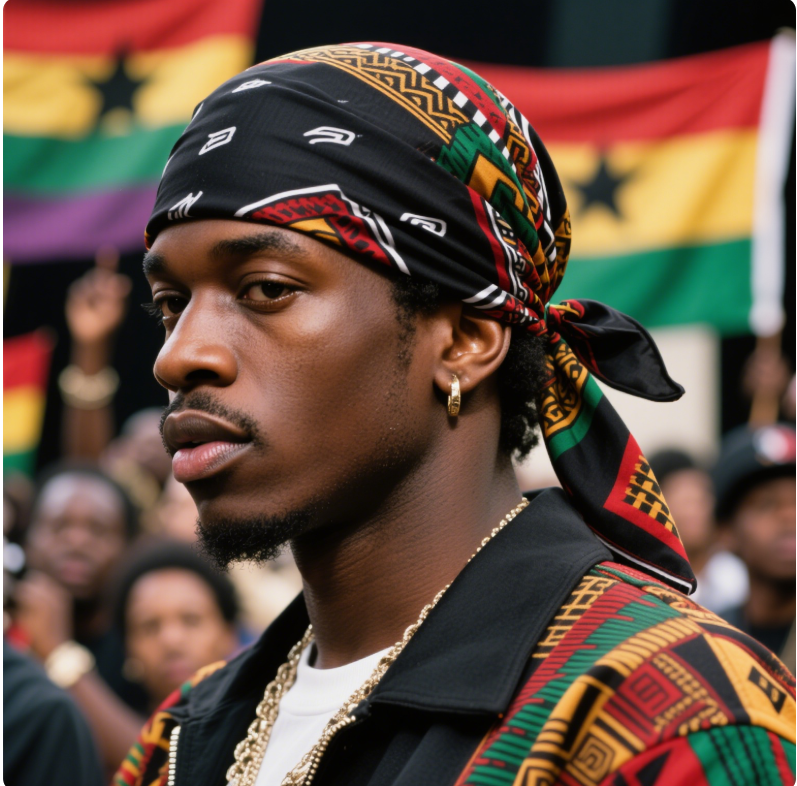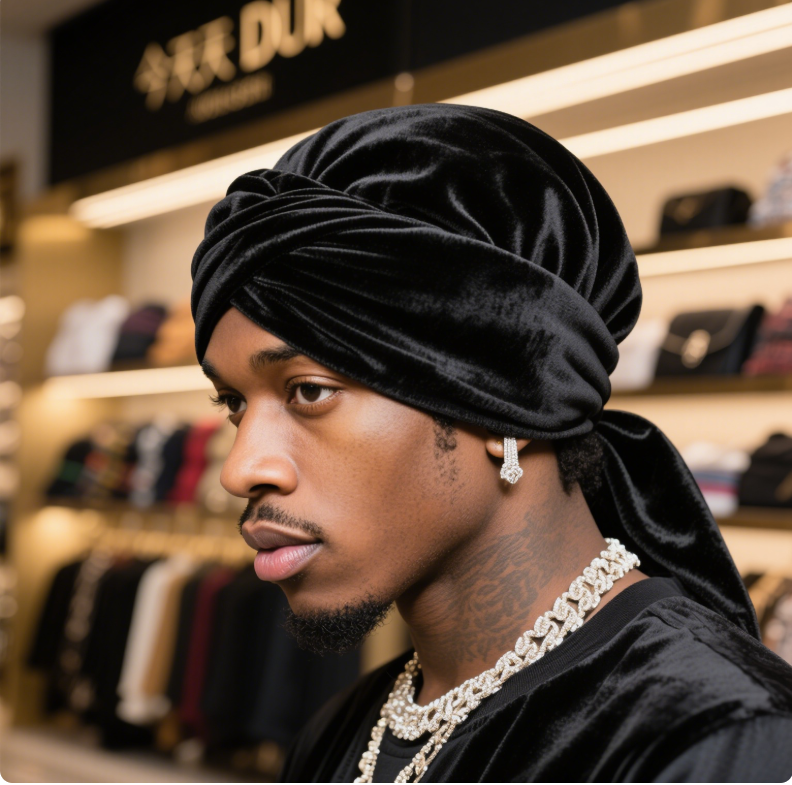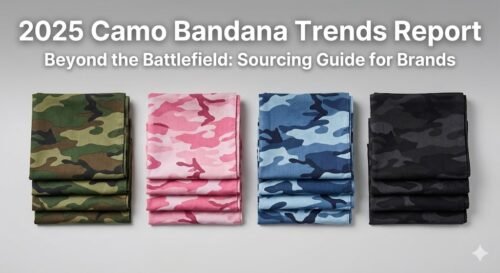Obsah
PřepnoutKdo vynalezl durag?
Neexistuje žádný jasný záznam v historii o vynálezci durag, ale někteří lidé věří, že rozšířená popularita durag je příbuzný Williama J. Dowdyho, který je otcem Darrena Dowdyho, prezidenta společnosti na výrobu kadeřnických sad „So Many Waves“. Říká se, že William J. Dowdy v té době vynalezl durag jako součást kadeřnické sady, hlavně aby pomohl Afroameričanům ve Spojených státech udržet si účes. Tehdy nazval durag tie-down. S jeho pomocí se durag stal populární, takže vynálezce duragu má určitý vztah s Williamem J. Dowdym.
PŮVOD DURAG
Původ duragu má však dřívější prototyp. Ve 30. letech 19. století se durag poprvé objevil mezi afroamerickými otroky během harlemské renesance a Velké hospodářské krize. Zpočátku jej využívaly hlavně afroamerické ženy k zastínění slunce a svazování vlasů při práci. Zároveň ho používali i muži k údržbě účesů. V té době se durag vyráběl z obyčejné bavlněné látky a měl jedinou barvu. Bylo to hlavně praktické a nemělo žádný zvláštní význam. Ve třicátých letech se durag stal běžným v afroamerické komunitě ve Spojených státech. Jeho funkce se postupně vyvinula ve speciální účel pro udržení textury přirozeného spirálovitého kudrnatého účesu „vln“ Afroameričanů. V tomto období byl durag nejen praktickým nástrojem péče o vlasy, ale také symbolem cti pro černochy, kteří dbali na svůj vzhled.

Kulturní evoluce duragu
Během hnutí Black Pride v 60. a 70. letech získal durag jako součást černošské kultury větší kulturní význam a politické konotace. Stala se symbolem sebevyjádření černochů, kulturní sebedůvěry a odporu vůči rasové diskriminaci, což představuje uznání černochů a hrdost na jejich kulturní identitu. V tomto období se barvy a vzory duragu začaly stávat rozmanitějšími. Některé symbolické barvy a vzory, jako je černá, červená, zelená atd., stejně jako tradiční vzory v africké kultuře, byly aplikovány na durag, což dále posílilo jeho kulturní symbolický význam.
V 90. letech pak mnoho hip-hopových zpěváků používalo durag jako módní doplněk během vystoupení, čímž se durag stal jedním z ikonických prvků hip-hopové kultury. Tímto způsobem byl durag široce rozšířen po celém světě a přitahoval pozornost a napodobování mnoha mladých lidí. Jak šel čas, někteří návrháři a módní značky začali durag začleňovat do svých návrhů a durag se postupně přesunul ze streetwearu na hlavní módní scénu.

DURAG DNES
Dnes je durag stále populární. Mnoho luxusního zboží začalo navrhovat nějaké speciální duragy, jako jsou celočerné sametové duragy. Na trhu se objevuje stále více značek specializovaných na duragy. Existuje stále více druhů duragů a materiály a styly jsou stále bohatší. Durag se stal důležitým prvkem moderní módy.

VÍCE FAQ
Dodnes většina lidí nosí duragslouží především k ochraně jejich čelenek, snížení tření na jejich vlasech, udržení účesu a snížení ztráty vlhkosti ve vlasech. Lze je použít i jako módní doplněk pro vylepšení celkového vzhledu.
Pro jakou skupinu byl durag původně navržen?
Durag byl původně navržen pro Afroameričany. Podobalo se to pruhu látky, který používali afričtí otroci a dělníci, aby si drželi vlasy na místě a aby se jim pot nedostal do očí.
Kdo jiný by kromě Afroameričanů nosil Durag?
Nadšenci hip-hopové kultury, durag je jedním z reprezentativních doplňků v hip-hopové kultuře. Mnoho lidí, kteří milují hip-hopovou kulturu, rádi nosí durag, aby ukázali hip-hopový styl a osobnost, aby vyjádřili své uznání a lásku k hip-hopové kultuře. Někteří sportovci také používají durag, hlavně k fixaci vlasů, aby vlasy neblokovaly jejich výkon při cvičení.



